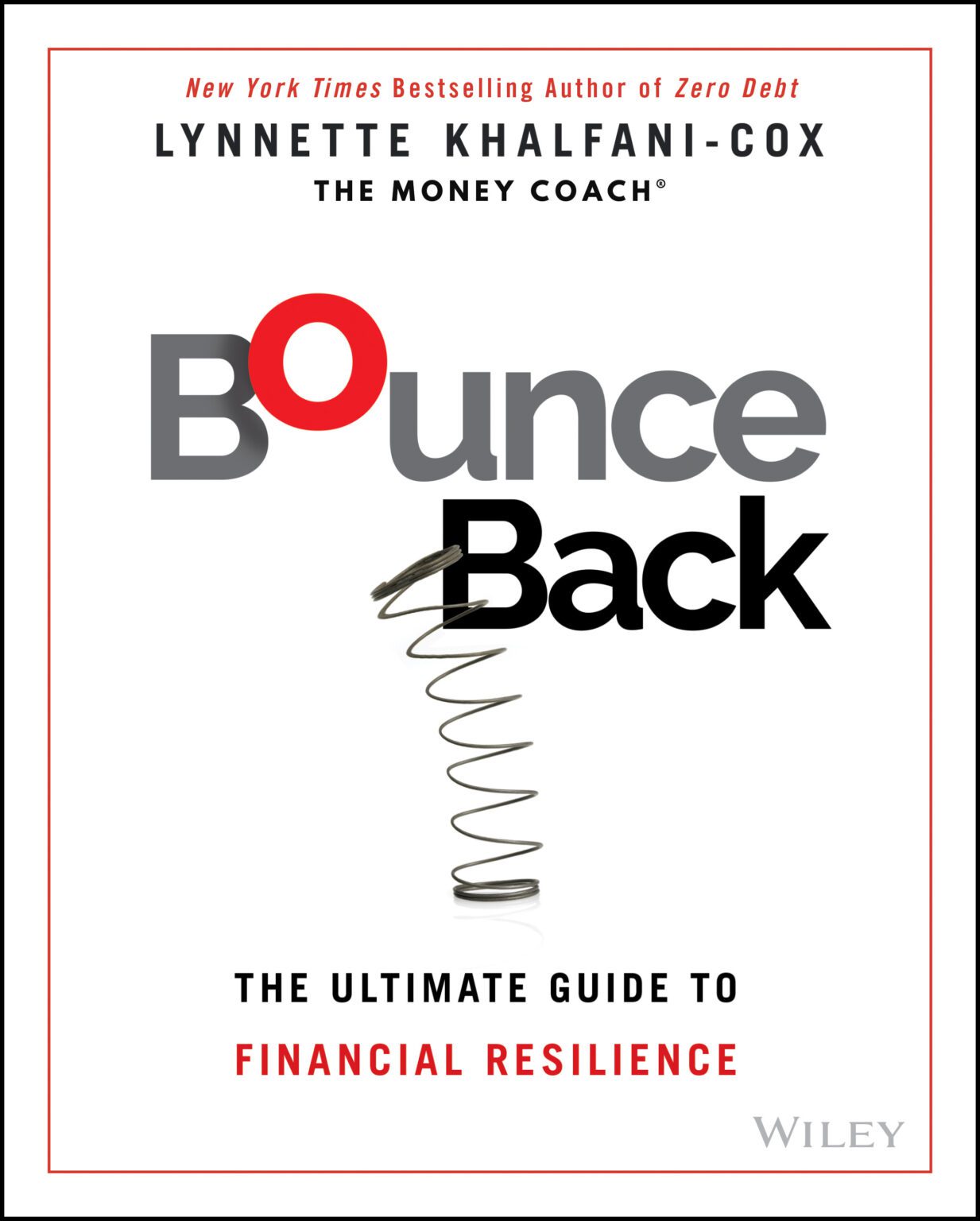You finally found that perfect nanny or babysitter to care for your kids. Congratulations! But the work isn’t done yet. Did you know that hiring a caregiver comes with tax and payroll responsibilities?
While most families are excited to find someone to help care for their little ones, the euphoria sometimes quickly disappears when they learn about employer taxes. Most people assume they’re extremely expensive.
Well, they’re wrong. Employer taxes are not as pricey as you think because tax breaks can offset a significant portion of your family’s tax liability.
As long as the sitter is paid “on the books,” most families will qualify for the Tax Credit for Child or Dependent Care. Below is breakdown about this great tax break and what families can expect to save.
How to make sure you qualify
The good news is there are no income restrictions for claiming the Tax Credit for Child or Dependent Care. It’s available to all families if they have child or dependent care-related expenses. In order to qualify, your child receiving the care must be under the age of 13.
Additionally, any expenses the family incurs qualify, as long as they’re for the well-being and protection of the child. A few examples are:
- The wages paid to a nanny, caregiver, babysitter, etc.
- Placement fees paid to find the child’s caregiver
- Employer taxes paid in addition to the caregiver’s wages
- Dues paid to a day care facility
- Tuition for a day camp (overnight camps don’t qualify).
The only other qualification families have to meet is the “work-related test.” This simply means that child care is needed for the child because both spouses work, are looking for work or are full-time students.
Claiming the credit and your expected savings
To claim the Tax Credit for Child and Dependent Care, file IRS Form 2441 with your personal federal income tax return. The form asks for your care-related expenses for the year and then calculates your savings based on a percentage determined by your family’s income level. Most families will receive a 20% tax credit, but it can be as high as 35%.
You’re limited on how much in child care expenses you can claim, based on how many kids you have. The limit is $3,000 for one dependent or $6,000 for two or more dependents. Since the majority of families will receive a 20% tax credit on their child care expenses, they can expect to receive a tax break of up to $600 if they have one child and $1,200 if they have two or more children.
A dollars and cents example
The Smith family lives in New Jersey and hires a nanny to watch their 4-year-old son and 2-year old daughter while they’re at work. They pay their nanny $27,000 for the year, withhold the appropriate taxes from her and pay their required employer taxes. The family’s cost as a household employer looks like this:
Gross Wages for the Nanny: $27,000
Social Security Taxes: $1,674
Medicare Taxes: $391.50
Unemployment Insurance Taxes: $1,095
Total Employer Taxes: $3,160.50
Total Cost (before tax breaks): $30,160.50
But because the Smiths both work full-time and their children are under 13 years of age, they qualify for the Tax Credit for Child and Dependent Care. Their income level translates to a 20% tax credit on $6,000 of child care expenses. This means the Smiths will receive a tax break of $1,200, which reduces their employer costs by 38% to $1960.50!
The example above is very typical of most families – and many will save more depending on the unemployment insurance tax rate assigned by their state.
The point is, families with qualifying child care expenses should take advantage of the Tax Credit for Child and Dependent Care every year they can. After all, who wouldn’t like to get a 38% off coupon from the federal government just for following a few tax rules?
Stephanie Breedlove is the VP of Care.com Homepay, where she helps families to simplify and understand their responsibilities as employers of caregivers or household workers. She is one of the country’s leading experts on household employment tax and labor law. When she isn’t busy keeping up with her two grown boys, Stephanie enjoys spending time outdoors in and around the Austin area hiking, biking and fishing.








